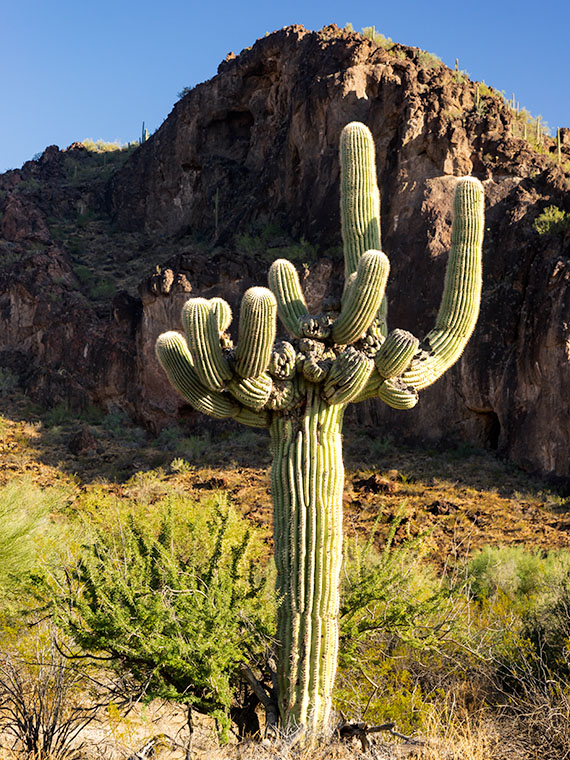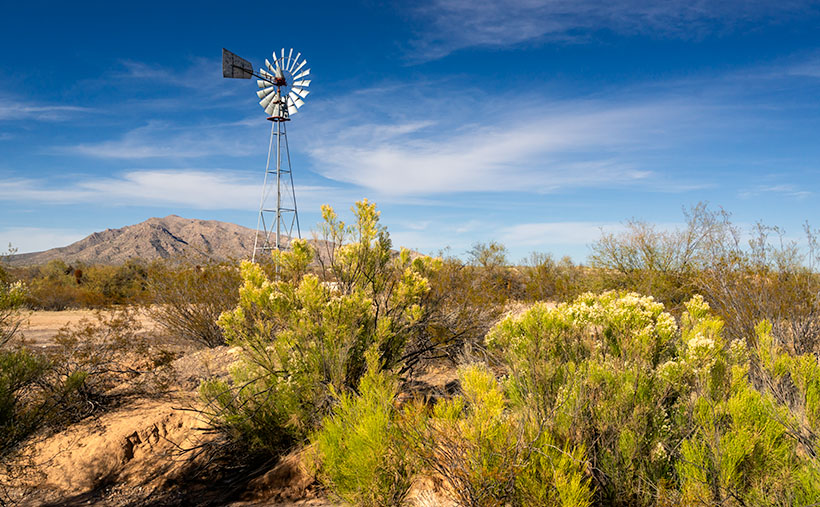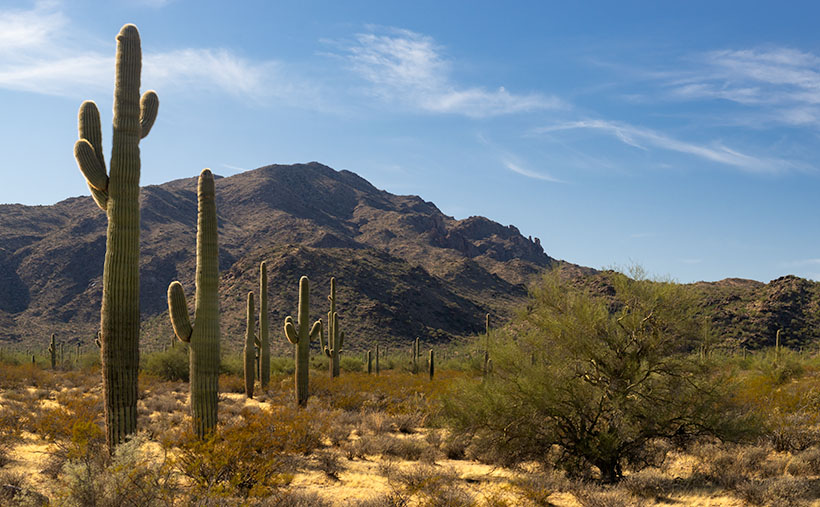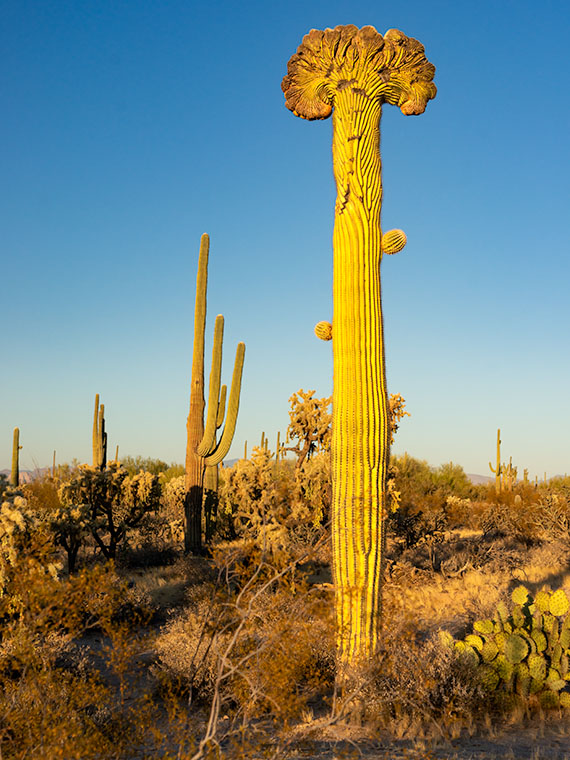Have you ever wanted a new tool (toy) so bad that it hurt, and your mother (wife) was a jerk about it? “Please, please, please. I’ll pick up my clothes. I promise to take the garbage out. I’ll eat all of my peas.” Pleading didn’t help. All you got in response was, “You’ll shoot your eye out, kid.” That’s what I endured last year.
I wanted a drone—one of those helicopter things with a camera mounted on it. I’m sure that a lot of people feel they’re a noisy Radio Controlled model airplane only useful for spying on your neighbors. I saw it differently. It’s a camera that can fly, and it would let me shoot places and viewpoints that, because of my age, I can’t get to any longer.
So, I studied them. I learned which ones would support my abilities. I knew their costs, and I harassed Anne for one for Christmas, birthday, anniversary—I had a reason for each occasion. Anne started saying no—even before I uttered a sound.
I lurked on eBay looking for a second hand one, and eventually one came up, so I put a stupid bid on it. You know—an effort that surely wouldn’t win. Days passed with no other bidders, so with shoulders slumped and head bowed, I told Anne what I had done. My stupid offer had won, and now I own a low mileage DJI Inspire 1 v2 with a 4k camera.
I was excited about taking it out and learning how to fly it. Not so fast. The Feds are cracking down on drones. All drones over .55 grams have to be registered, and if I wanted to sell videos, I needed an Operator’s License. I got a registration number for my drone from the FAA, and then my drone sat in the garage for three months while I studied to pass a certification test. I passed the exam in October, and I was free to let my wings soar. Not so fast, now I had to learn how to fly one of these things.
To keep this story short, I’m learning to control my Unmanned Aerial Vehicle (UAV). Because I’m enamored with mountains, I’ve been practicing in the mountains south of town. Filming is a different mindset from shooting a photograph. As a photographer, I can go out and capture an image that I see. With film, you waste your time flying hither and yon. You have to plan your shots. Because mine is an older model, I only get 15 minutes of air time on a battery, so I’m happy to get a minute of footage from each flight. The rest of the time, I spend setting the exposure, flying to and back from my target.
After a couple of months in the field, and over a dozen propellers later, I’m getting the hang of it. I have a long way to go, but that takes time. Now, I’ve collected enough footage to piece together a four and a half minute film that I posted to YouTube. It premièred at midnight last night. How’s that for starting the new year fresh. It is an aerial portrait of the Vulture Mountains, and I call it Vulture Mountains because I’m so clever with titles.
You should be able to watch the clip embedded in this post, but here is the direct link to YouTube (https://www.youtube.com/watch?v=j6ABgBUjldQ). If you bought a new 4k TV for Christmas, that’s the best way to see it. I hope you enjoy watching it.
Until next time — jw




